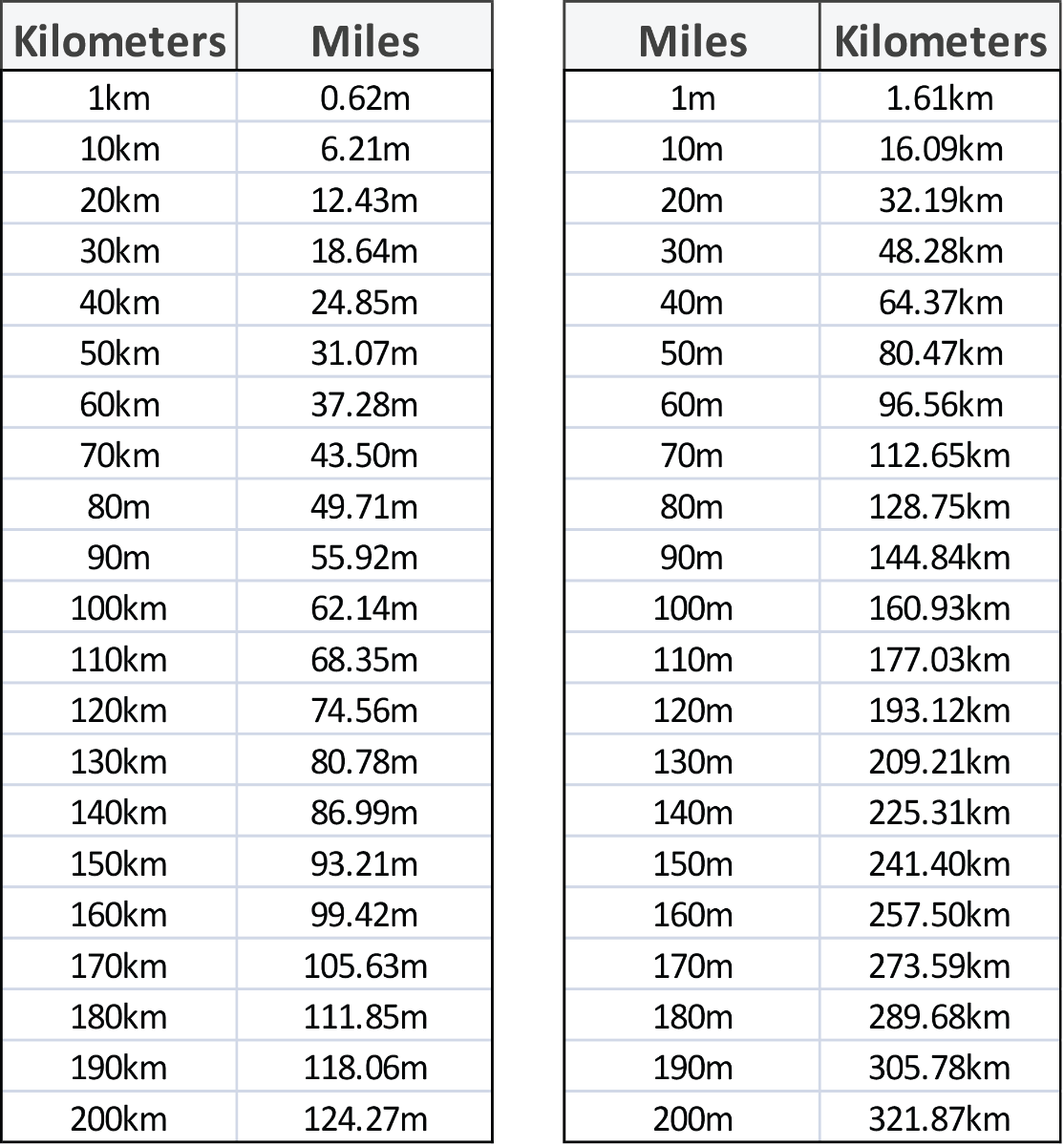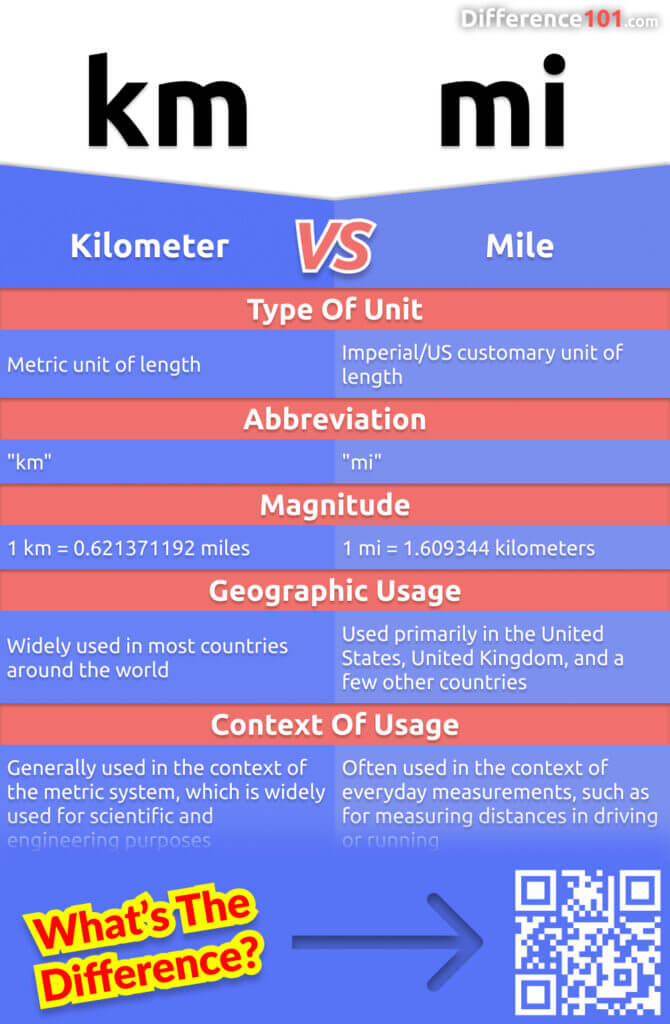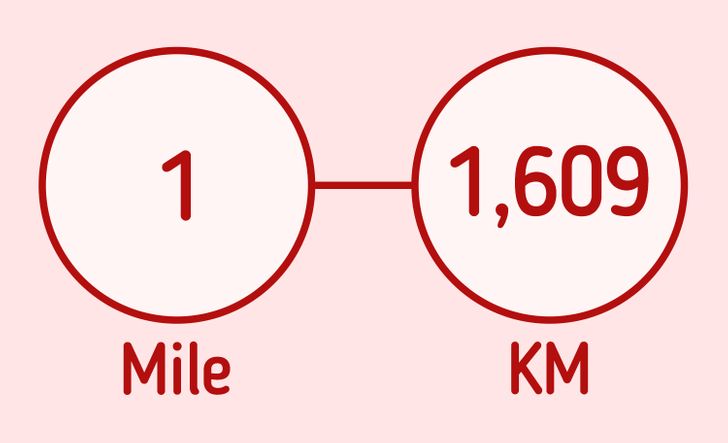Mile Myers - Unpacking The Unit Of Distance
Detail Author:
- Name : Dora Graham II
- Username : wgoyette
- Email : gschmidt@barrows.biz
- Birthdate : 1972-04-01
- Address : 1053 Hassan Estate Apt. 180 South Hollis, HI 14830-5479
- Phone : (341) 952-4760
- Company : Weissnat Inc
- Job : Food Science Technician
- Bio : Qui non iusto exercitationem fugiat voluptatum accusamus explicabo. Deleniti est voluptatum veniam.
Socials
twitter:
- url : https://twitter.com/rosetta_schaefer
- username : rosetta_schaefer
- bio : Molestias ipsa voluptatem odio. Quidem qui dolores eius. Sed est et non enim omnis recusandae. Velit sint voluptatum quas minus rerum.
- followers : 2228
- following : 2035
instagram:
- url : https://instagram.com/rosetta_schaefer
- username : rosetta_schaefer
- bio : Dolor aut eligendi voluptatem aut et eligendi. Ipsam totam et aperiam eligendi fugiat.
- followers : 3390
- following : 2830
Have you ever paused to think about how we measure the vastness of our world, the spaces between places, or even the distance of a quick run? It's a rather fundamental concept, isn't it, this idea of length? For many, especially in places like the United States and the United Kingdom, one particular measurement often comes to mind, a familiar friend in the world of spatial reckoning. We're talking, of course, about the mile, a way of sizing things up that, in a way, feels deeply ingrained in how we speak about travel and geography.
This unit of length, sometimes called the international mile or even the statute mile to set it apart from other, well, other kinds of miles, really holds a special place. It's a standard that has been passed down, a part of both the British imperial system and the United States customary setup. So, when you hear someone talk about a mile, they're typically referring to this specific measure, a sort of common ground for gauging how far something truly is.
It's not just a number on a map, either. The mile, you see, is that measurement we use for so many things: figuring out how far it is from one city to another, marking the length of a long stretch of road, or even, perhaps, charting the path of a flight. It's the unit that helps us picture those larger distances, making the abstract concept of space a little more concrete, and it's almost always there when we need to get a sense of scale.
Table of Contents
- Who is Mile Myers, and What Does This Distance Mean?
- The Ancient Roots of the Mile Myers Measurement
- How Does Mile Myers Help Us Measure?
- What Makes the Mile Myers Unit So Special?
- Different Flavors of the Mile Myers
- Where Do We Find Mile Myers in Everyday Life?
- Mile Myers - A Constant in Our Journeys
- Has the Mile Myers Definition Always Been the Same?
- The Shifting Nature of the Mile Myers
Who is Mile Myers, and What Does This Distance Mean?
When we talk about "Mile Myers" in this context, we're really talking about the concept of the mile itself, that very specific unit of distance that has become so familiar to many of us. It's a way of giving a name, so to speak, to this foundational element of how we describe space. This particular unit, the one we often just call "the mile," is basically a standard way of measuring length, and it's pretty well-known for being used in places like the United States and the United Kingdom. It's a bit like a common language for distance, you know, something many people can easily grasp. So, if you're trying to figure out how far it is from one spot to another, this "Mile Myers" concept, representing the mile, is probably what you're thinking of, a reliable yardstick for those longer stretches.
The Ancient Roots of the Mile Myers Measurement
It's fascinating to consider where this idea of the mile, or what we might call the "Mile Myers" measure, actually came from. This isn't just some recent invention; it has a rather long and interesting past. The very notion of the mile, in its earliest form, actually traces its beginnings back to ancient Rome. They had something they called the "mille passus," which, when you break it down, simply means "a thousand paces." Imagine, if you will, a Roman soldier taking a thousand steps, each one a double step, and that's how they'd measure a distance. This "mille passus" was made up of five thousand Roman feet, so you can see that the idea of a standard foot was already in play, even way back then. So, when we talk about the mile today, we're, in a way, carrying on a tradition that's thousands of years old, a real testament to how people have always needed ways to size up their surroundings.
How Does Mile Myers Help Us Measure?
So, how exactly does this "Mile Myers" idea, meaning the mile unit, actually assist us in gauging distances? Well, it's pretty straightforward, actually. The mile serves as a go-to unit for figuring out those larger stretches. When you're thinking about how far you might travel on a highway, or the length of a marathon race, or even the path a train takes, the mile is the measurement that tends to pop up. It provides a consistent way to talk about significant lengths, making it easier for people to communicate about spatial relationships. For instance, if you hear a road is ten miles long, you instantly have a pretty good mental picture of that distance, don't you? It's a practical tool, a kind of common language for describing the scale of our environment, allowing us to compare and contrast distances with relative ease. This common understanding, you know, is what makes it so useful in daily life.
What Makes the Mile Myers Unit So Special?
What is it about the mile, or this "Mile Myers" concept of measurement, that makes it stand out? It's not just another number; it's a unit that carries a certain weight and familiarity for many. Part of its uniqueness comes from its widespread adoption in particular parts of the world, especially the United States and the United Kingdom. While many countries have moved towards the metric system, the mile has held its ground in these regions, making it a very specific cultural marker of distance. It's defined quite precisely, too, as exactly 1,609.344 meters, or roughly 5,280 feet. This exact definition gives it a solid foundation, allowing for consistent and reliable measurements. Moreover, it's the unit used for some truly iconic distances, like the "mile race" in athletics, which has its own storied history. So, in some respects, its specialness comes from this blend of historical depth, cultural prominence, and a very clear, unchanging definition.
Different Flavors of the Mile Myers
You might be surprised to learn that when people talk about "the mile," or the "Mile Myers" concept, they're not always referring to the exact same thing. While the "statute mile" is what usually comes to mind, there have actually been various kinds of miles throughout history and in different places. For instance, the text mentions "the international mile or statute mile" to distinguish it from others. This suggests that there were, and perhaps still are, other versions of a "mile" that might have had slightly different lengths or were used for different purposes. Think about the "old English mile," for example, which had its own specific definition in England's past. So, while the mile we commonly use today is pretty standardized, it's worth remembering that the term itself has a history of encompassing a few different "flavors," each with its own unique measurement. It's a bit like different dialects of the same language, if you will, each conveying a similar idea but with a slightly different structure.
Where Do We Find Mile Myers in Everyday Life?
So, where does the concept of "Mile Myers," or simply the mile, actually show up in our day-to-day existence? It's pretty much everywhere, once you start looking for it. When you're planning a road trip, you'll see distances listed in miles on highway signs. If you're following a running route, chances are it's marked out in miles. Even when you're thinking about how far an airplane travels, or the length of a railway line, the mile is often the unit of choice. It's the standard for estimating those larger stretches of ground, whether it's the space between two towns or the total length of a specific path. It's a truly practical measurement that helps us make sense of the world around us, allowing us to visualize and compare significant distances without too much trouble. You know, it's just a part of the fabric of how we describe our physical surroundings, making those big numbers a little more relatable.
Mile Myers - A Constant in Our Journeys
The "Mile Myers" concept, representing the mile as a unit of measurement, really does act as a constant companion in our travels and explorations. It’s the measure we lean on when we talk about how far we’ve gone or how much further we have to go. Whether you're driving across a state, running a long-distance race, or even just estimating how far the next landmark is, the mile provides that reliable benchmark. It's a familiar friend on maps, in navigation apps, and in everyday conversation about movement and location. This consistency, you see, is what makes it so valuable. It allows for a shared understanding of distance, which is pretty important when you're trying to coordinate travel or simply describe a place. It’s a measure that, in a way, helps us all stay on the same page when it comes to understanding how much ground we're covering.
Has the Mile Myers Definition Always Been the Same?
It's a fair question to ask whether the definition of the mile, or what we're calling the "Mile Myers" standard, has remained unchanged throughout its long history. And the answer, perhaps surprisingly, is no, not entirely. The very definition of what a mile truly is has actually shifted quite a bit over the course of time. This isn't unusual for old measurements; as societies changed, as science progressed, and as the need for more precise standards grew, so too did the way we defined our units. The mile, as we understand it today, is a result of many adjustments and agreements made to standardize it. So, while its Roman origins are clear, the exact length has been refined and officially set at various points, reflecting a journey of evolving precision. It's a bit like a recipe that gets tweaked over generations to make it just right, you know?
The Shifting Nature of the Mile Myers
The way the "Mile Myers" measure, meaning the mile, has been defined has, in fact, changed quite a few times throughout history. This is because, over centuries, people's needs for accuracy and consistency in measurements have grown. What might have been an acceptable approximation in one era became less so in another. For example, the text mentions that the definition of the mile has shifted "as a result of changing" circumstances. This could refer to scientific advancements allowing for more precise measurements, or perhaps the need for international agreements to standardize trade and navigation. The journey from the ancient Roman "thousand paces" to the exact 1,609.344 meters we use today is a story of continuous refinement. So, while the concept of a "mile" has been around for a very long time, its precise length has, in a way, been a moving target, settling into its current form through a process of careful adjustment.

1 ไมล์ เท่ากับกี่ กิโลเมตร แปลงไมล์เป็นกิโลเมตร » โปรแกรมคำนวณทุกอย่างบนโลก

What Is A Kilometer In Miles at Andrea Mcclelland blog

How to Convert Miles to Kilometers and Vice Versa / 5-Minute Crafts